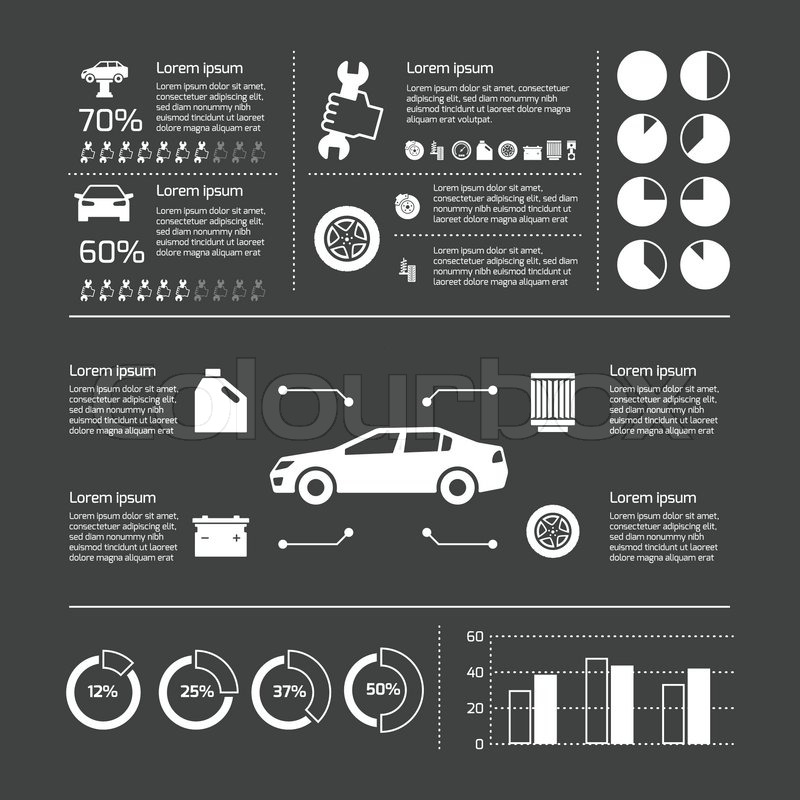A Novice'S Manual For Interpreting Your Car'S Alert Lights
A Novice'S Manual For Interpreting Your Car'S Alert Lights
Blog Article
Authored By- brake repair estimate
When you lag the wheel, those little caution lights on your automobile's dashboard can be rather difficult. What do they imply, and should you be worried? Understanding these signals is essential for your automobile's well-being, but it does not have to be a difficult task. By translating the enigma behind each light, you'll be equipped to handle possible issues successfully and maintain your auto running efficiently. So, next time a warning light flashes, don't panic - arm on your own with expertise and take control of the situation.
Value of Auto Caution Lights
Comprehending the value of your vehicle's warning lights is crucial for preserving your automobile's health and wellness. These lights work as your car's interaction system, notifying you to prospective concerns that could threaten your safety when driving or lead to pricey fixings if ignored. By paying attention to these warnings, you can resolve issues early and prevent additional damage to your lorry.
Disregarding warning lights can lead to serious repercussions, such as engine failure, brake breakdowns, or even mishaps. These lights are made to notify you of issues varying from low tire pressure to engine malfunctions, offering you the chance to do something about it before the circumstance gets worse. Frequently checking and comprehending these warnings can conserve you time, cash, and ensure your security while driving.
In addition to maintaining you risk-free, reacting promptly to alerting lights can also aid extend the life-span of your cars and truck. By attending to concerns early, you can protect against tiny issues from rising right into major repairs, ultimately conserving you time and money over time. Remember, your car's warning lights are there for a reason - do not ignore them!
Common Warning Lights and Meanings
When it comes to driving your auto, being aware of usual warning lights and their definitions is vital for your safety and lorry upkeep. Below are a couple of usual caution lights you might run into:
1. ** Examine Engine Light **: This light suggests a concern with your engine. Maybe something small like a loose gas cap or something a lot more serious like engine misfiring.
2. ** Battery Light **: This light signals an issue with your automobile's billing system. It could indicate a faulty battery, generator, or other relevant elements.
3. ** Oil Pressure Light **: When this light comes on, it means your engine might be running low on oil or experiencing low oil pressure, which can bring about engine damages otherwise resolved without delay.
4. ** Brake System Light **: This light shows an issue with your stopping system. It can suggest reduced brake liquid levels or a trouble with the brake system that requires instant interest.
Understanding these typical warning lights will certainly aid you recognize prospective concerns early on and stop even more significant issues down the road.
Just how to Respond to Warning Lights
On the occasion that a warning light brightens on your car's control panel, it's critical to respond promptly and suitably. When a caution light begins, the very first step is to consult your owner's manual to recognize the certain concern indicated by the light.
Some lights require instant attention, while others may indicate a much less immediate issue. If the caution light is red or blinking, it's generally a sign of a major trouble that requires immediate activity. In such instances, it's advisable to pull over safely, shut off the engine, and look for professional aid.
For auto body repair shop or orange warning lights, while they might not require immediate focus, it's still crucial to attend to the underlying concern quickly to stop further damages. Routine maintenance and examination can assist avoid advising lights from beginning all of a sudden.
Final thought
To conclude, recognizing your automobile's caution lights is essential for preserving your vehicle's health and safety. By routinely inspecting and replying to these cautions, you can resolve prospective problems early and stop pricey repair services or safety dangers. Keep in mind to consult your owner's guidebook for details on various caution lights and constantly take prompt activity for red or flashing lights. Keep positive and keep your auto running smoothly!
